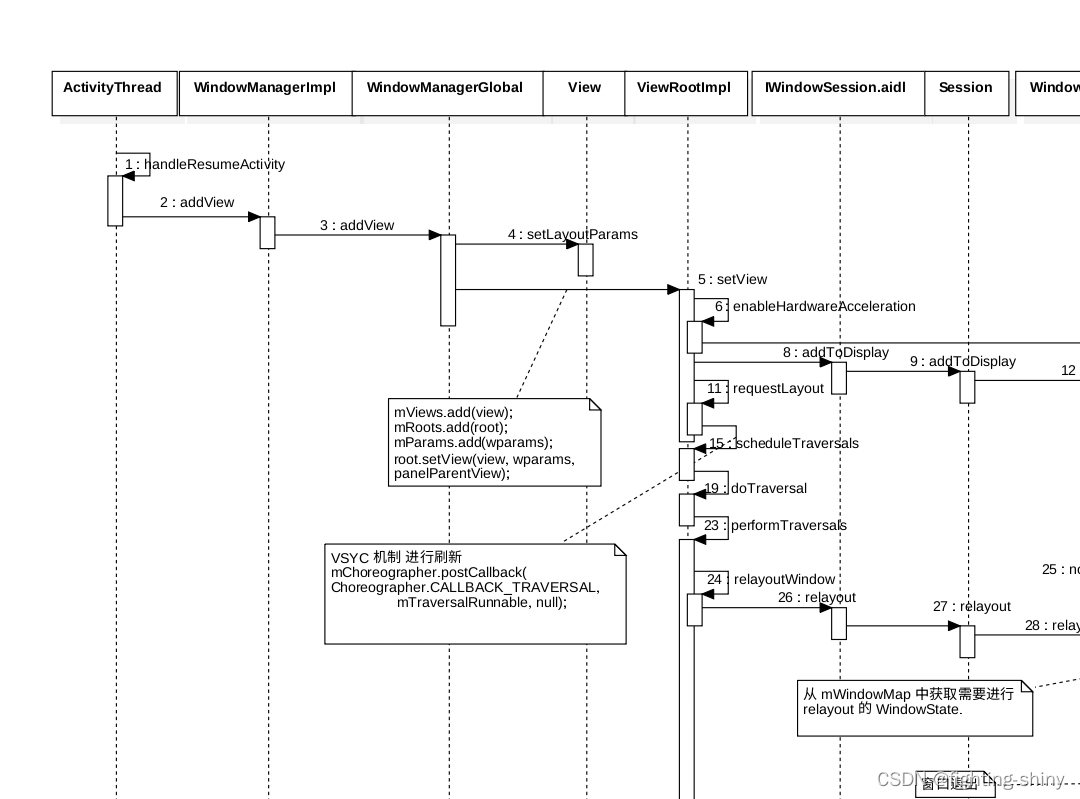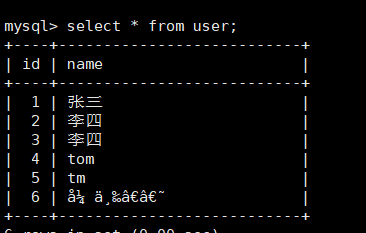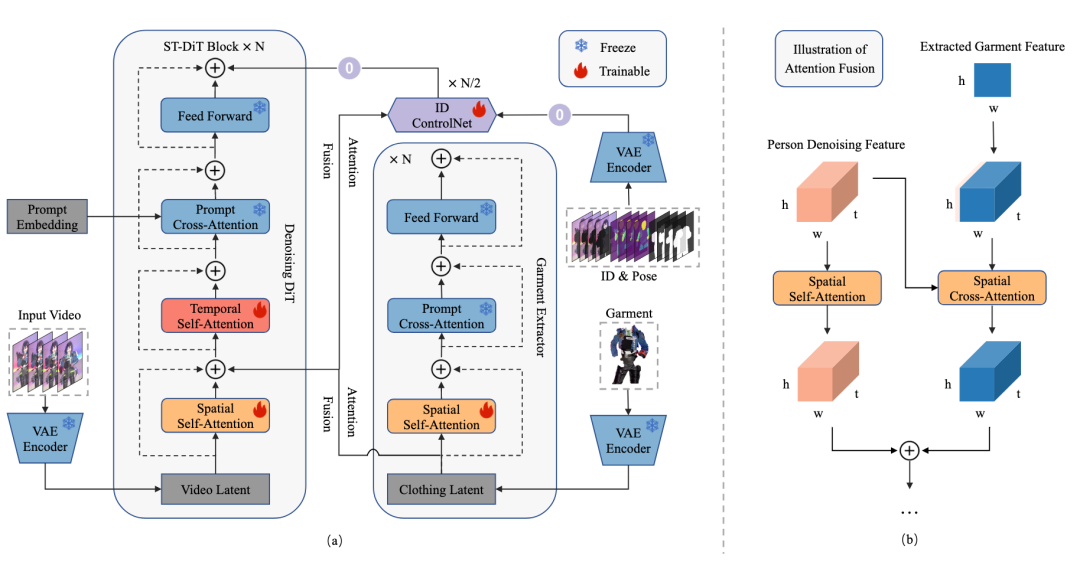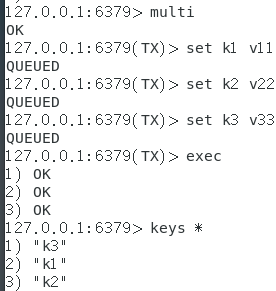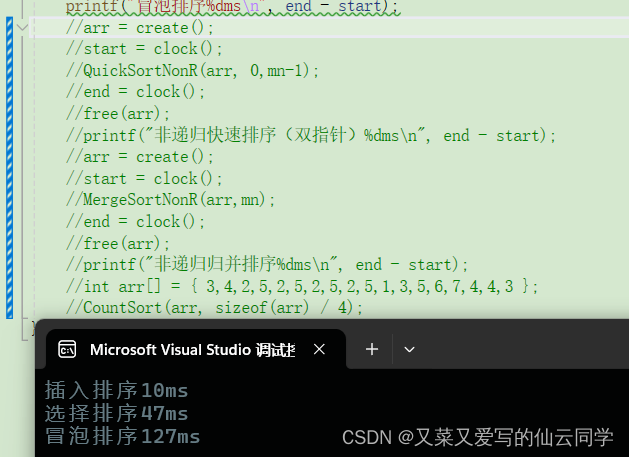Given that your device operates within a small area (50 meters), you can simplify the transformation process by assuming a flat Earth model. This simplification allows you to directly convert differences in latitude and longitude into meters using the average lengths per degree of latitude and longitude at your approximate location.
Python Function for Small Area Conversion
Here’s a Python function that uses this approach. This function assumes that you know the average latitude of the area where your device is operating, which is necessary to adjust for the convergence of the meridians as you move away from the equator.
import math
def latlon_to_meters(lat1, lon1, lat2, lon2):
"""
Convert two GPS coordinates (latitude, longitude) into distance in meters.
Parameters:
- lat1, lon1: Latitude and Longitude of the first point.
- lat2, lon2: Latitude and Longitude of the second point.
Returns:
- dx, dy: Distance in meters between the two points along the x (longitude)
and y (latitude) axis.
"""
# Earth's radius in meters near the surface
R = 6378137.0
# Average latitude for calculating the scaling of longitude
avg_lat = (lat1 + lat2) / 2.0
# Conversion of latitudinal degrees to meters at given latitude
m_per_deg_lat = R * math.pi * 2 / 360
m_per_deg_lon = m_per_deg_lat * math.cos(math.radians(avg_lat))
# Calculate differences
delta_lat = lat2 - lat1
delta_lon = lon2 - lon1
# Calculate distances in meters
dy = delta_lat * m_per_deg_lat
dx = delta_lon * m_per_deg_lon
return dx, dy
# Example usage:
lat1, lon1 = 40.712776, -74.005974 # Approximate location of New York City
lat2, lon2 = 40.712776 + 0.0001, -74.005974 + 0.0001 # Approximately 10 meters away
dx, dy = latlon_to_meters(lat1, lon1, lat2, lon2)
print(f"Distance in meters: dx = {dx:.2f} m, dy = {dy:.2f} m")
Explanation
- Function Parameters: The function
latlon_to_meterstakes the latitude and longitude of two points. - Constants:
- R: Approximate radius of the Earth in meters.
- m_per_deg_lat: Meters per degree of latitude, which is constant.
- m_per_deg_lon: Meters per degree of longitude, which varies with latitude.
- Calculations:
- Compute the average latitude to approximate the scaling factor for longitude.
- Calculate the differences in latitude and longitude between the two points.
- Convert these differences into meters using the scaling factors.
Usage
This function is practical for small distances (up to a few kilometers) where the curvature of the Earth has a negligible effect on the accuracy of distance calculations. For your application within a 50-meter radius, this function should provide sufficiently accurate results.





















